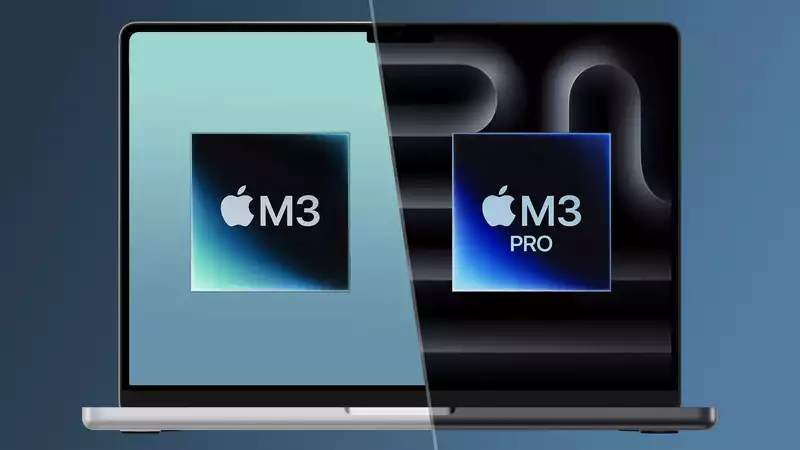Apple's new M3-powered MacBook Pro and iMac are just days away from being delivered to early adopters. Apple has given rough estimates of how powerful the M3 family is over its predecessor, the M2, but some benchmarks have been released that demonstrate real-world performance.
Before we cut to the chase, let's briefly recap. At the "Scary Fast" event, Apple said that the basic M3 chip's 8-core CPU could be expected to perform 35% faster than the M1 and 20% faster than the M2.
As 9to5Mac found (and subsequently verified), benchmarks have appeared in Geekbench that almost exactly confirm this. The single-core score is 3,030 and the multi-core score is 11,649.
The average score of the MacBook Air with M1 by Geekbench is 2,333 and 8,313, a 30% and 40% improvement. The difference is 35%; the average scores for MacBook Air with M2 are 2,572 and 9,645, improvements of 18% and 21%, respectively.
This may not sound like an earth-shattering improvement, but if Apple's estimates prove to be equally accurate, greater things are promised in graphics performance. According to the company, the 10-core GPU is up to 65% faster than the M1 and up to 20% faster than the M2.
For those who go all in on the MacBook Pro with M3 Max, another Geekbench benchmark appeared right after the standard M3. With a single-core score of 2,971 and a multi-core score of 20,785, it not only outperformed the M2 Max average (2,736 and 14,497 points, respectively), but was nearly on par with the output of the more expensive M2 Ultra. This makes the theoretical (for now) power of the M3 Ultra chip an attractive proposition.
Pleasingly, Apple is confident that this significant performance boost will not come at the expense of battery life. If this claim is to be believed, the M3's 3nm architecture will bring even more power without sacrificing battery life.
9to5Mac shows exactly how much stamina should be improved through Apple's various comparison pages. As the graph below shows, there is an overall improvement.
Of course, this is Apple's own estimate and actual performance will depend on what you do. In general, however, the newer generation should take longer to get away from the power outlet.
You can read our hands-on review of the 16-inch MacBook Pro here. A full review with benchmarks of all M3-equipped Macs will be coming soon.










Comments